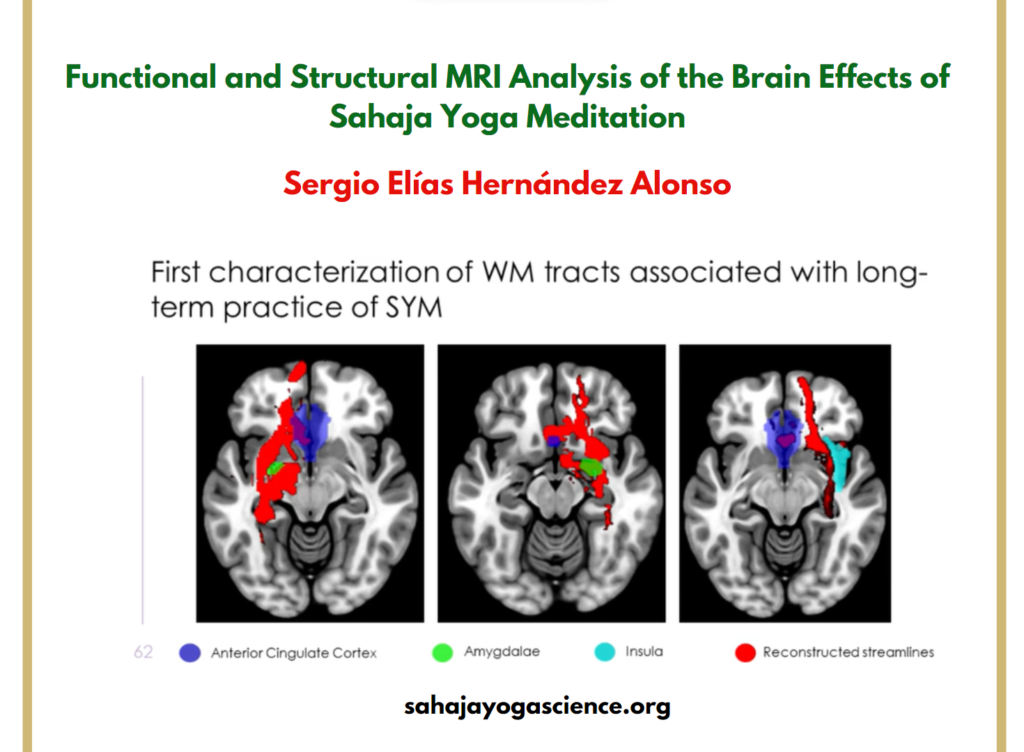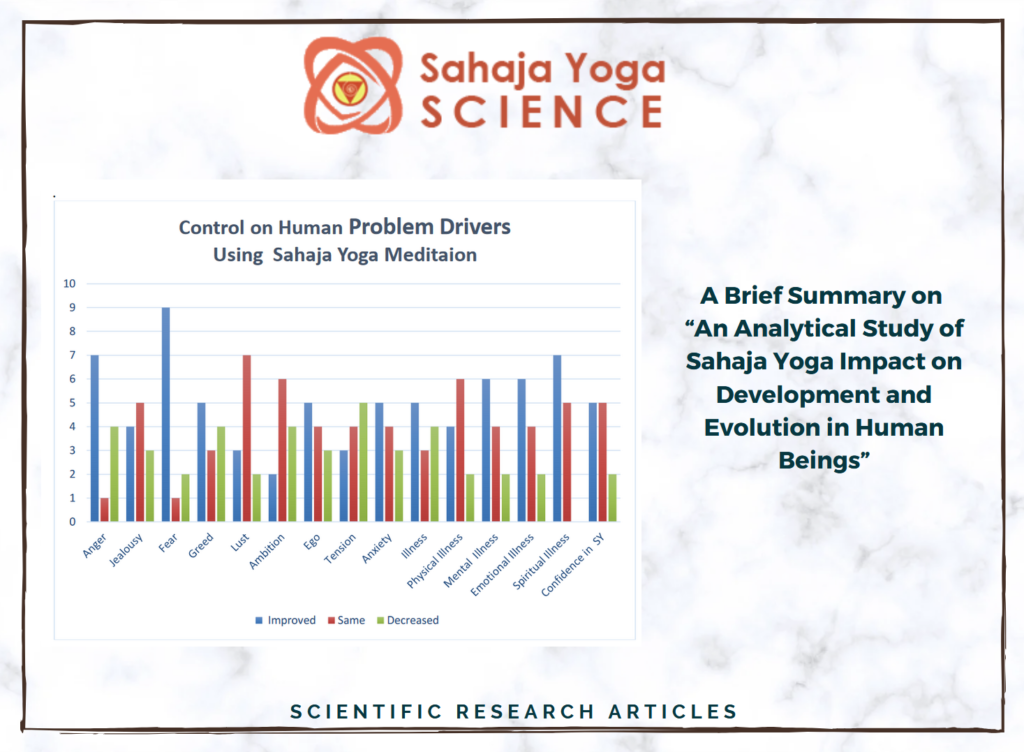Abstract
We used non-linear analysis to investigate the dynamical properties underlying the EEG in the model of Sahaja Yoga meditation.
Non-linear dimensional complexity (DCx) estimates, indicating complexity of neuronal computations, were analyzed in 20 experienced meditators during rest and meditation using 62-channel EEG.
When compared to rest, the meditation was accompanied by a focused decrease of DCx estimates over midline frontal and central regions. By contrast, additionally computed linear measures exhibited the opposite direction of changes: power in the theta-1 (4–6 Hz), theta-2 (6–8 Hz) and alpha-1 (8–10 Hz) frequency bands was increased over these regions.
The DCx estimates negatively correlated with theta-2 and alpha-1 and positively with beta-3 (22–30 Hz) band power.
It is suggested that meditative experience, characterized by less complex dynamics of the EEG, involves ‘switching off’ irrelevant networks for the maintenance of focused internalized attention and inhibition of inappropriate information.
Overall, the results point to the idea that dynamically changing inner experience during meditation is better indexed by a combination of non-linear and linear EEG variables.
Research Scientists:
L.I. Aftanas : aftanas@iph.ma.nsc.ru
Psychophysiology Laboratory, State-Research Institute of Physiology, Siberian Branch, Russian Academy of Medical Sciences, Timakova str 4, 630117, Novosibirsk, Russia
S.A. Golocheikine : Psychophysiology Laboratory, State-Research Institute of Physiology, Siberian Branch, Russian Academy of Medical Sciences, Timakova str 4, 630117, Novosibirsk, Russia
Source – https://www.sciencedirect.com/science/article/abs/pii/S0304394002007450?via%3Dihub





